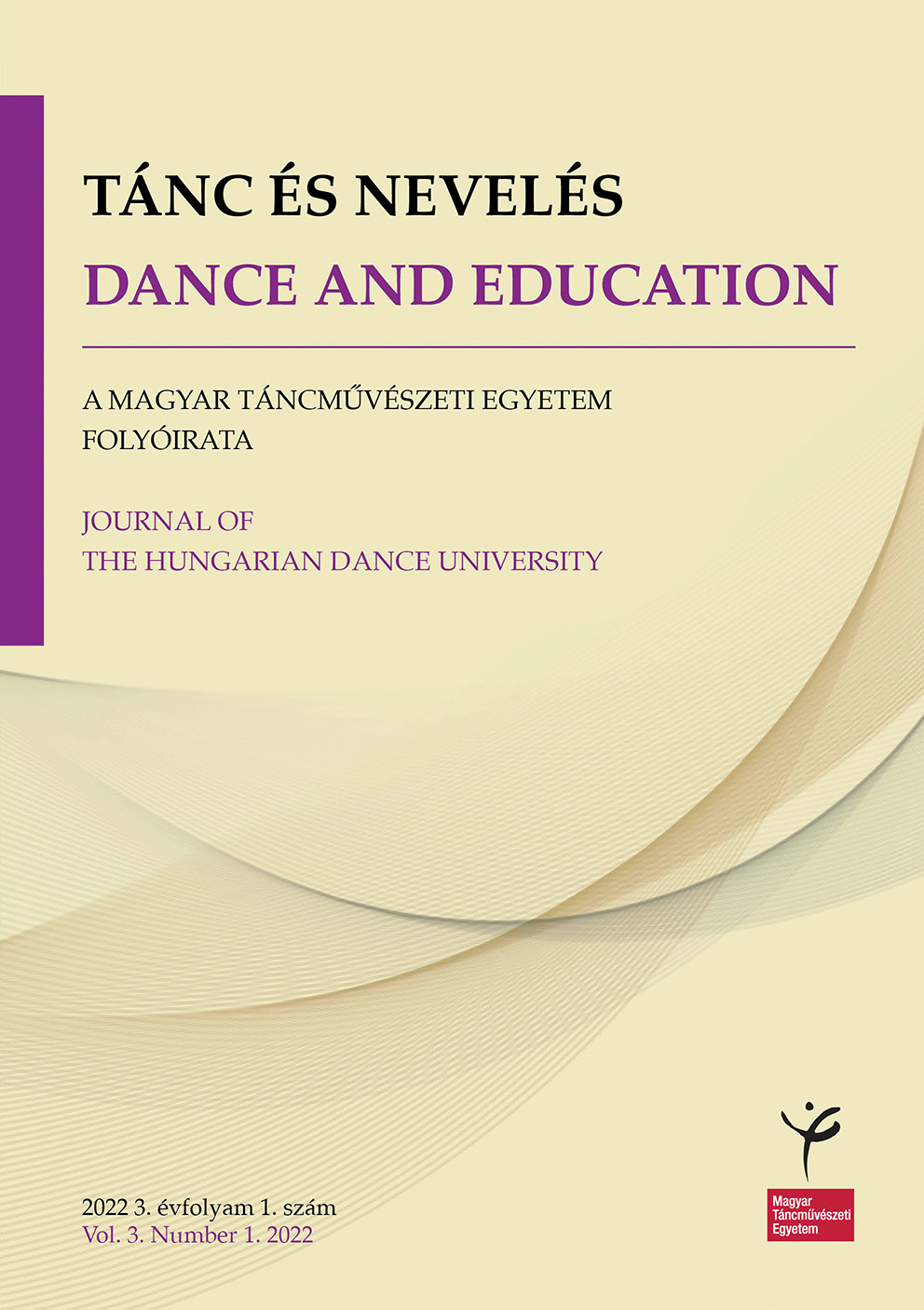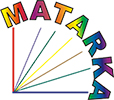English Life Endowment to Ethnochoreology
Review about the Book Foundations of the Hungarian Ethnochoreology: Selected Papers of György Martin
Abstract
The scholarly discipline of ethnochoreology or, as Hungarians would say, dance folkloristics, has had a profound and developed history in Hungary. From the very beginning of its establishing in early 1950s, various intense research activities have focused on the collection, documentation and systematization of traditional dances throughout the country, but also on developing particular theories about their historical and regional stratification. Along with dance notation (Labanotation), one of the main methods of collecting and documenting traditional dances has been their planned filming during pre-arranged sessions, financially and organizationally supported by the state institutions. Among early dance researchers, Labanotators and ethnochoreologists the most significant figure whose influence will far exceed the historical timing and national boundaries of his scholarly work certainly is György Martin (1932-1983). Thanks to the fertile environment of early traditional dance investigation in Hungary coupled with his academic education in folkloristics and ethnomusicology, but also, on the other hand, his huge passion for field research and cabinetwork equally, Martin has left a monumental academic foundation in all of his numerous writings, among which some were published after his early death. The book Selected papers of György Martin, edited by prominent dance researchers from Hungary (Fügedi, Szőnyi and Varga) and Ireland (Quigley), consists of the most significant Martin’s articles from various periods of his career. Besides Martin’s essays translated or re-edited in English, there are also dozens of papers by dance scholars mostly from Hungary. They critically reinterpret Martin’s achievements and reposition them not only within Hungarian but also within international scopes, pointing to their great importance for developing ethnochoreology as an academic scholarly discipline in general and to the continuation of their actuality in the second and third decades of the 21st century. Thanks to the fact that this capital publication is printed in English, Martin’s most significant papers and their scholarly interpretations will be available to a wider readership around the world, which will enable further theoretical, methodological and intellectual considerations about (traditional/folk) dance.
Copyright (c) 2022 The author

This work is licensed under a Creative Commons Attribution 4.0 International License.







4.png)
